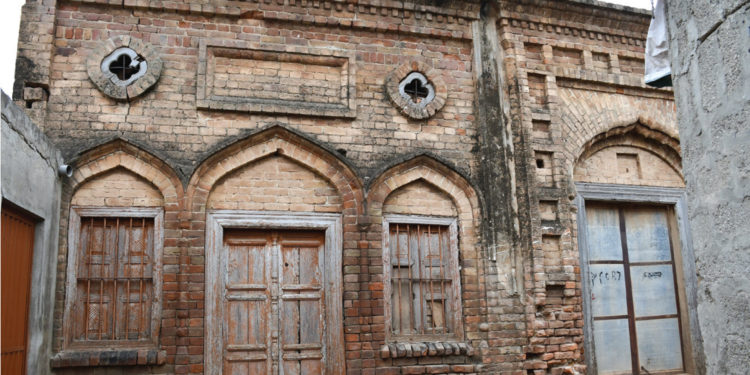
Unfortunately not much has been written on the history and heritage of Pothohar villages. All the heritage buildings have lost their luster.
Zulfiqar Ali Kalhoro
There are many villages in the Pothohar region in Punjab which are noted for their rich cultural heritage. But unfortunately not much has been written on the history and heritage of villages in the region. I developed my interest in village studies in 2000 when I was a student at the Department of Anthropology at Quaid-I-Azam University, Islamabad. I was studying a course titled “Anthropology of South Asia” as a part of my MSc program which fascinated me the most. This course had a wonderful reading list – including its well-learned instructor and anthropologist Tariq Mehmood. During this course, I read many books on villages in India, Pakistan and even in Sri Lanka. The course reading list has some missing books that I also bought and read.
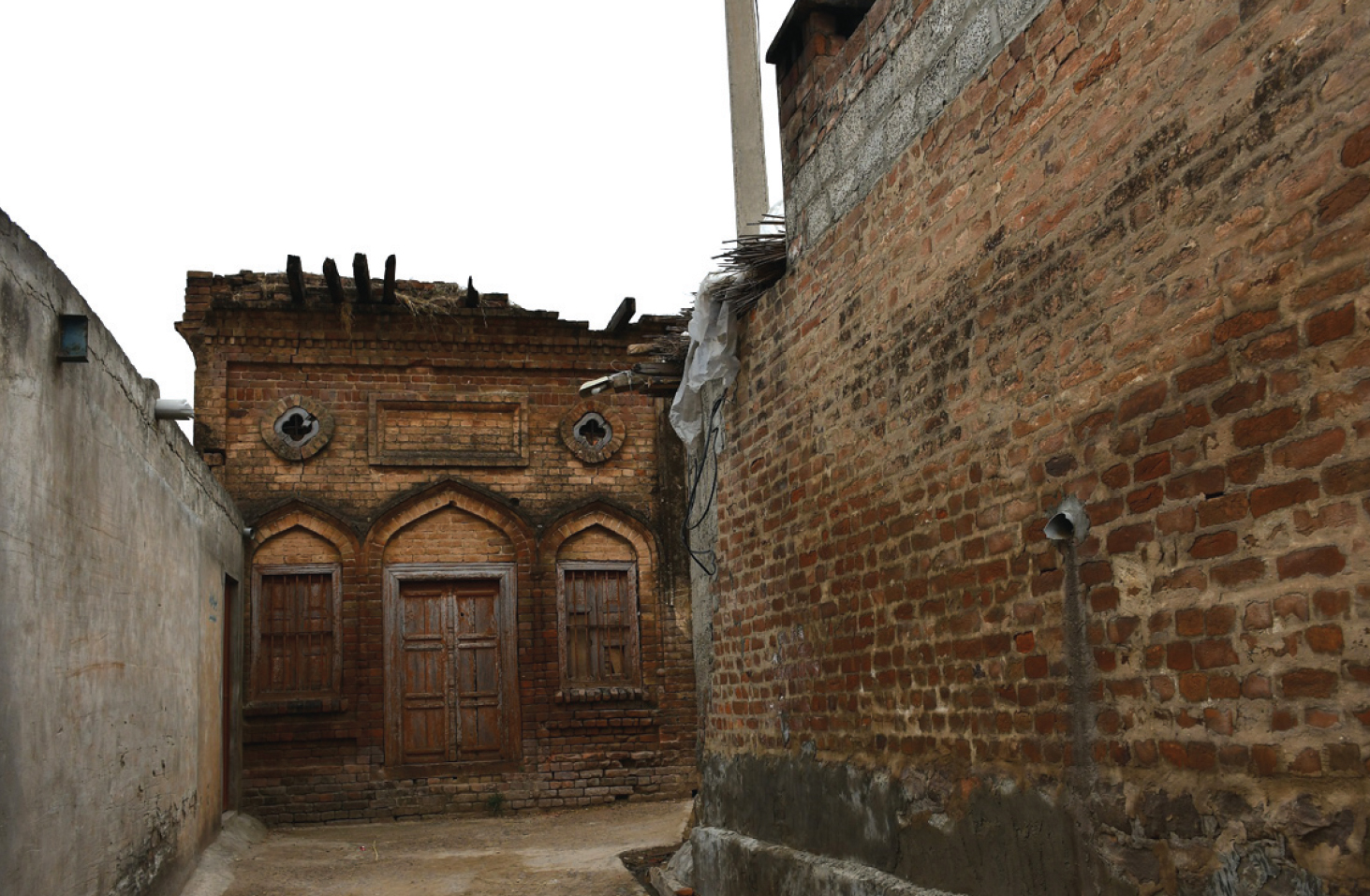
These village ethnographies were a must-read for an anthropologist. I later added many missing books to my collection which included Class and Power in a Punjabi Village (1977) by Saghir Ahmad, The Origin and Growth of Village Communities in India (1899) by Baden Henry Baden-Powell, Indian village (1967) by S. C Dube, The Remembered Village (1978) by Mysore Narasimhachar (M.S) Srinivas, Village Life in South India: Cultural Design and Environmental Variation (1974) By Alan R. Beals, Gopalpur, An Indian village (1962) by Alan R. Beals, Rural transformation in India (1994) by Tiwary, Jai Kant, The Social Structure of a Tanjore Village by Kathleen Gough (1955), Caste and kinship in central India: A Village and its region (1966) by, Adrian C. Mayer and many others.
During the reading of these books, I found one important thing missing which was about a village’s cultural heritage – its monuments. Keeping this thing in mind I traveled and visited the Pothohar region in Punjab in 2000 to study village heritage and focused on the village monuments – i.e. mosques, tombs, temples, gurdwaras, samadhis, tanks, forts, fortresses, shrines and many other things.
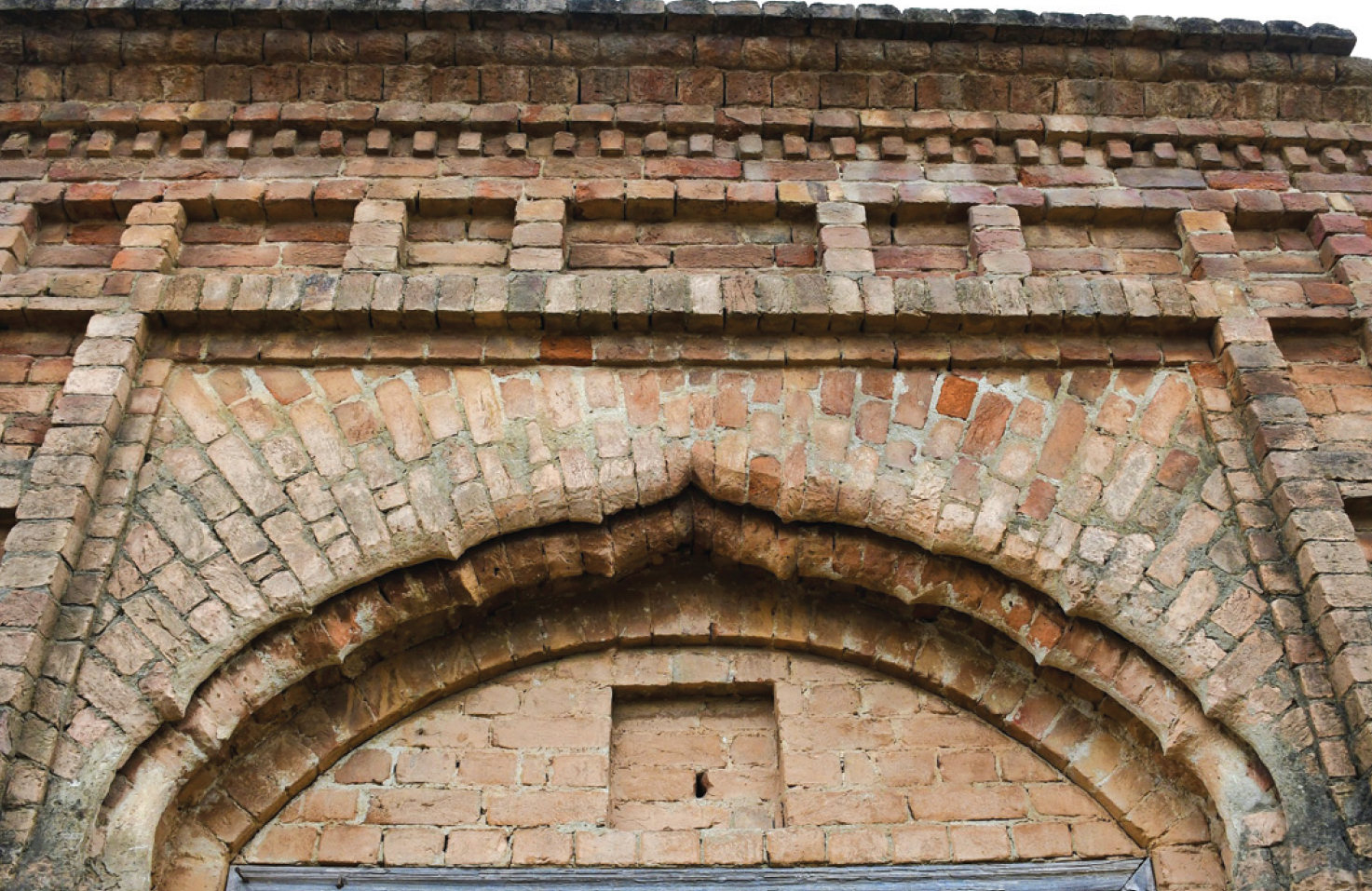
The first village that I visited in Pothohar was Kot Fateh Khan Village in Fateh Jang tehsil in the Attock district. This village was known for both Muslim and Sikh monuments. Later I revisited the village and started documenting both Muslim and Hindu monuments in Kot Fateh Khan. And after Kot Fateh Khan, Bhaun was the second village where I did my fieldwork.
Recently I visited Domel village, a historic village in the Jandal area in Jand tehsil of Attock district. Domel, also written as Domail, is about 10 km northwest of Basal Chowk, also known as Mithial Chowk. Here I met and interviewed Haji Muhammad Akram Khan Khattar about the village heritage. He is 88 years old and remembers the names and the havelis of Hindus of pre-Partition Domel. As such, he is the most knowledgeable person in Domel village. Before the Partition of 1947, Domel village was known for interfaith harmony in the Jandal area.
One of the most well-known merchants of Domel village was Ganga Ram who owned a marketplace in Mardan which was called Domel Ganj – named after his native village
After Nara village, Domel was the second largest and important village in the Jandal area in the then Pindi Gheb tehsil. Both Muslims and Hindus lived in Domel. Hindus left for India after the Partition. Today, Khattars and Awans live in Domel village. Many Muslims also came from India in the wake of Partition and settled in Domel. According to Haji Muhammad Akram Khan Khattar, two lineages of the Khattar caste, Doultal and Sehal, live in Domel village. Ghulam Ahmad Khan Khattar was Zaildar during the British Raj who donated 124 Kanals for the construction of the Middle School and 80 Kanals for the village graveyard. His brother Ghulam Hyder Khan Khattar also donated 40 Kanals for a hospital.
Ghulam Muhammad Khan was known for his philanthropic activities in the village. He died in 1944. Muslims of Domel were mainly agriculturalists. Hindus in pre-partition Domel were mainly engaged in business.
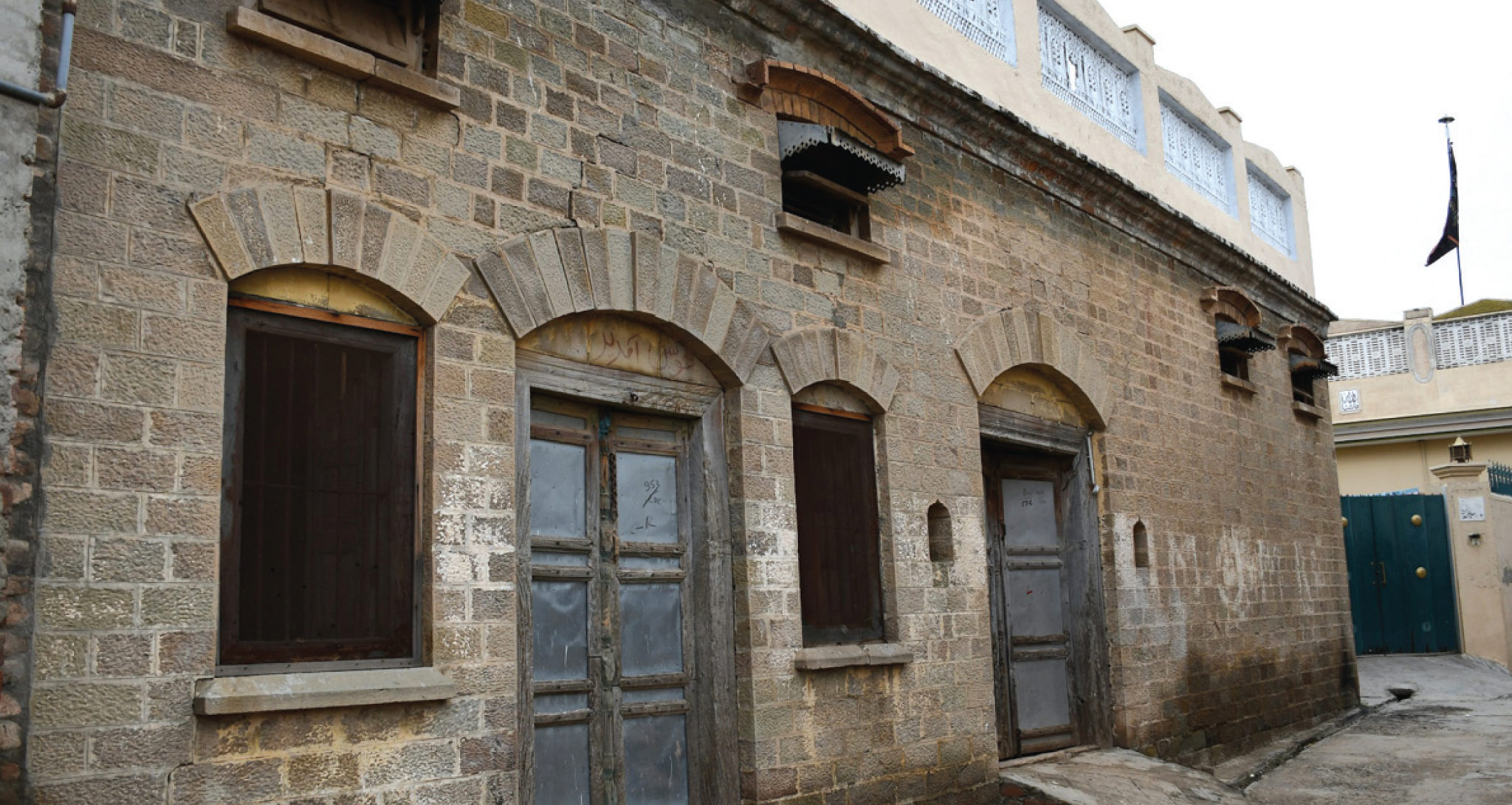
According to Haji Muhammad Akram Khan Khattar, Hindu merchants of Domel had business in the local area and other towns and villages of Punjab and KP (formerly NWFP). One of the most well-known merchants of Domel village was Ganga Ram who owned a marketplace in Mardan which was called Domel Ganj – named after his native village. He expanded his businesses from Punjab to KP with Mardan as the center of his business activities. Likewise, some other Hindu merchants from Domel village included Sita Ram who had business in Domel. His brother Santokh Ram was a merchant and had a shop in the Domel bazaar.
Manohar Lal was also a famous businessman of Domel village. His brother Inderjit was a good businessman. Both the brothers had business in Domel and other villages of the Jandal area. Both Ganga Ram and Manohar Lal were known as the Seths of Domel village. They had also business networks with the Hindu community of Thatta and Basal. One Mehta Hindu of Basal was the wealthiest person in the Jandal area. He had agricultural land in both Domel and Basal villages.
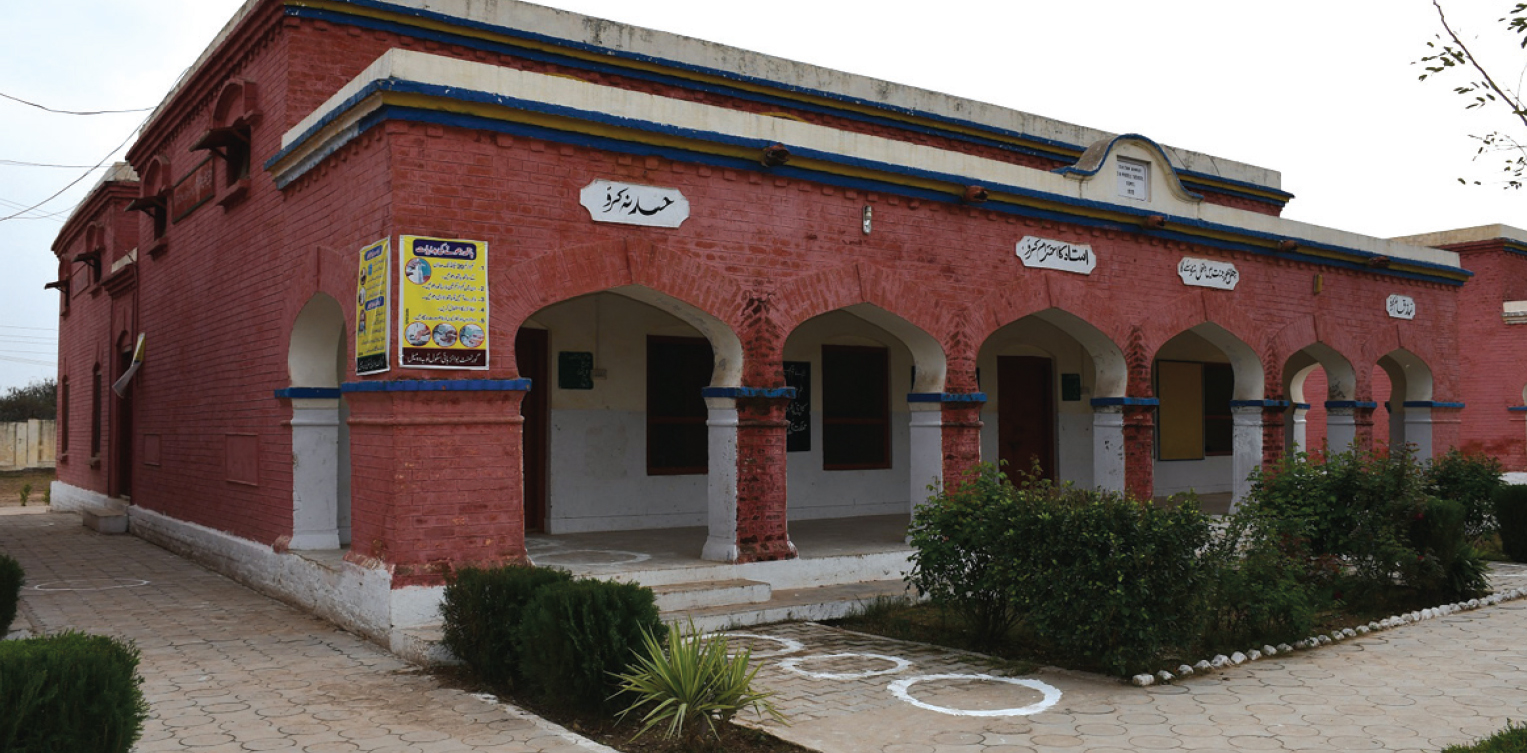
Other notable merchants of Domel were Lakhmi Chand, Divan Chand, Nathu Ram, Ameer Das, Thakur Das, Nanak Ram and Meghraj. All the merchants had their shops in the Domel bazaar. Nanak Ram ran the shop of sweetmeats in Domel village.
There was also Hikmat khana of Bodhraj in the Domel bazaar. He was a well-known Hakim of Domel village. Haji Muhammad Akram Khattar also remembers the names of his teachers – which included Titan Nath, Jagan Nath and Ragan Nath who were teaching in Domel School. Domel School as per an inscription on the façade of the building was built in 1920 by Sultan Ahmad Khan son of Ghazi Ahamd Khan.
Apart from business, a few Hindu families were engaged in agriculture, notable among them were Hukman Ran and Khurman Ran.
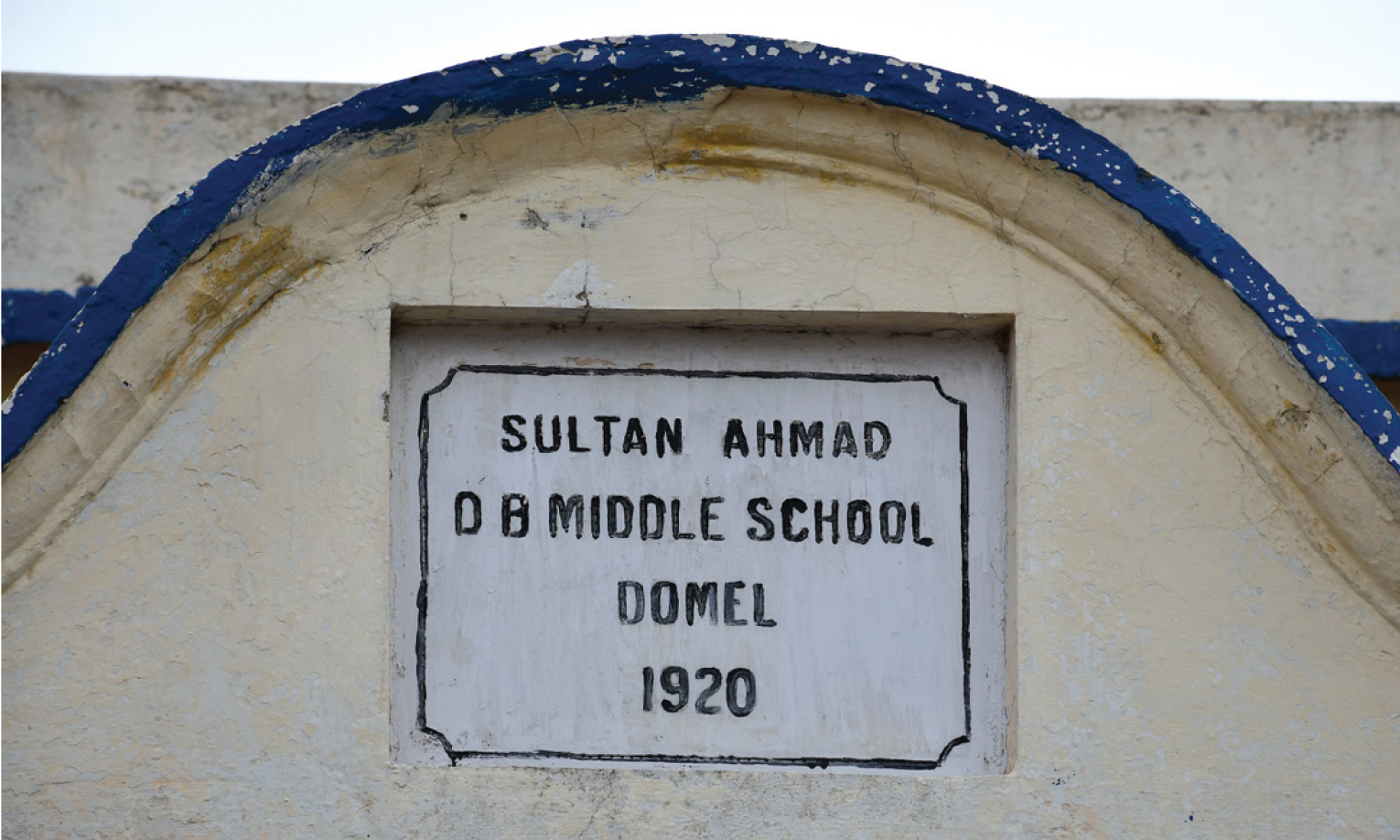
Some truly imposing havelis of Hindus were located in Domel village. The most notable havelis or Choubaras belonged to Ganga Ram, Manohar Lal, Thakur Das, Jagdesh Ram, Lakhsmi Chand, Divan Chand and Meghraj. All the havelis were noted for beautiful Jharokhas which opened to the streets. Sitting platforms, that flanked the entrance doors, were also tastefully decorated where old members of the Hindu community used to sit and observe the street life in the village. Muslim havelis in Domel had also such sitting platforms on either side of entrance doors. Wooden doors and balconies were also distinctive features of Hindu havelis in Domel. Like many other havelis in Saghri, Thatta, Nara villages in the Jandal area, stone was profusely used in the construction of the havelis in Domel. Some of the havelis in Domel are noted for stone carvings. Fairly refined stone carvings are found in the havelis which are located in and around the Domel bazaar. Today the majority of Choubaras have lost their original beauty. The intricate wooden carved doors of the majority of havelis have been removed now.
There was also the house of a Sikh family in Domel. The head of family was Jhanda Singh who was an employee in the Railways department.
There are historic mosques in Domel village which have also been renovated. The distinctive features of these mosques were wooden doors and ceilings. Some mosques were also painted.
There were also three Hindu temples in Domel village. Today, not a single temple has survived. Two temples were located near the village tank in the Mohalla Touba. There was also located a Janj Ghar (marriage hall) in Domel – which also does not survive now.
All these buildings have lost their luster but they are still afresh in memory of Haji Muhammad Khan Akram Khattar.
[Excerpts have been taken from the author’s forthcoming book “Memories, Mystics and Monuments of Pothohar”. All photos are by the author]
___________________
 Dr. Zulfiqar Ali Kalhoro, an anthropologist, has authored 12 books: ‘Symbols in Stone: The Rock Art of Sindh’, ‘Perspectives on the art and architecture of Sindh’, ‘Memorial Stones: Tharparkar’ and ‘Archaeology, Religion and Art in Sindh’. He may be contacted at: zulfi04@hotmail.com
Dr. Zulfiqar Ali Kalhoro, an anthropologist, has authored 12 books: ‘Symbols in Stone: The Rock Art of Sindh’, ‘Perspectives on the art and architecture of Sindh’, ‘Memorial Stones: Tharparkar’ and ‘Archaeology, Religion and Art in Sindh’. He may be contacted at: zulfi04@hotmail.com
Courtesy: The Friday Times Naya Daur Lahore